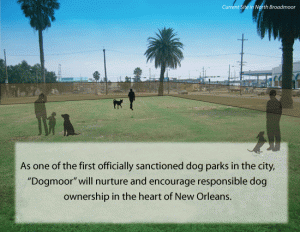
The mayor of San Diego is seeking public input on new policies for the city, beginning with budget suggestions on how the city can address the current economic crises. The Mayor’s website states that “each of your suggestions will be reviewed carefully by my staff. They may also be forwarded to department directors and members of our financial management team.”
In addition to just soliciting policy recommendations, some of the suggestions will be posted online for “the goal of sharing ideas and elevating our civic dialogue.” While posting the submissions online is certainly a step in the right direction for transparency, will the mayor’s efforts produce results?
So far, policy suggestions include ending car allowances for elected officials, reducing the number of firefighters per truck, and legalizing marijuana. Another suggestion calls for the city to “stop enforcing the booze ban”:
Stop enforcing the booze ban
I have lived in Mission Beach for two years, and since the ban on alcohol went into effect last year, I have watched numerous policemen heckle beach-goers about what liquids are in their cups. It seems as if the amount of police patrol has actually increased since the ban began, which makes me wonder, “Why are you wasting so many tax payer dollars patrolling a beach, and hassling its patrons?” The policemen are on ATV’s, on bicycles, and standing on the boardwalk… there are so many, that you cannot turn a corner without seeing one. It is a blatant waste of money which the city claims to be necessary for the “good” of the people, I see it as superfluous and outright ridiculous. Send them to areas of San Diego which have real crime issues- not just a bunch of drunks in bikinis- or spend your money elsewhere.
While seeking policy suggestions from the city’s residents is laudable, the question remains whether the submissions will have any real influence on the city’s policy. We will have to wait and see.









New site allows public markup of congressional bills
Publicmarkup.org is a place to post a bill, to solicit public comment, and suggest edits to the substance of the legislation. “PublicMarkup.org, an ongoing experiment in preparing legislation more inclusively by opening bills to online, public review. PublicMarkup.org gives you the opportunity to review and comment on proposed bills before they are even introduced—or while they are pending—in Congress.”
Publicmarkup’s goals represent a new dimension in participatory democracy, one that policypitch is engaging citizens in: the legislative drafting process and bill proposals do not just have to be undertaken by those in power. Currently, at the state level, a legislator thinks of an idea (often with help of a public advocacy group or special interest), bounces around the logistics of the idea, the political capital to make it happen, and its impact on the community. Once its a go, the legislator has staff members draft the actual bill. Then it goes to committee hearings and through the state House or Senate. There is often no public comment or influence by the population at large.
But why should the ideas be limited only to legislators or special interests? Sites like Publicmarkup and Policypitch aim to change that. While publicmarkup focuses on bills at the national level, Policypitch aims to serve as an idea incubator/public brainstorm platform where citizens can introduce ideas for legislation, craft bills themselves, and allow others to comment and/or contribute their thoughts. The proposed bills that gain the most traction float to the top, and will compel action by the legislators. In effect, sites like Policypitch and publicmarkup should not only allow citizens to edit and comment on proposed bills, but also introduce and iron out details of thier own proposals, all with the help of the community at large.
Now we just need to the people to make it happen!
Leave a comment
Filed under crowdsourcing, Politics, transparency
Tagged as public comment, public input, publicmarkup